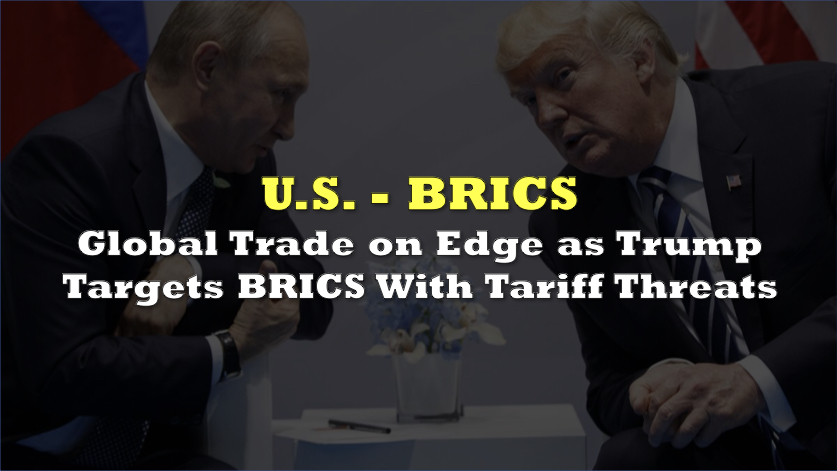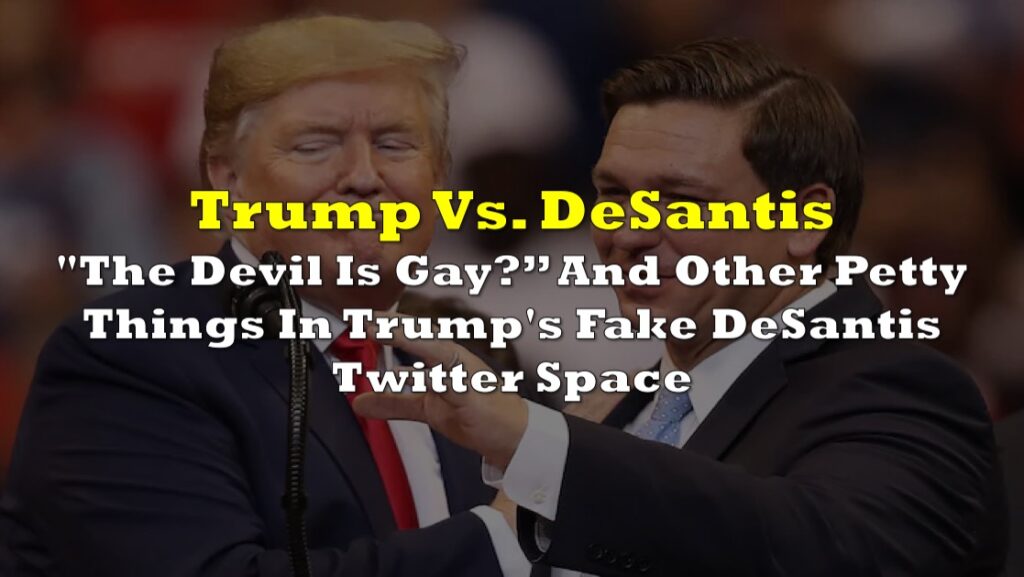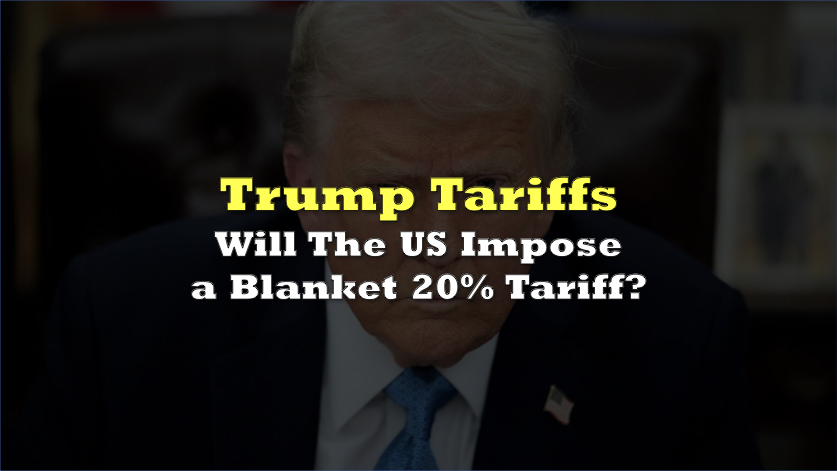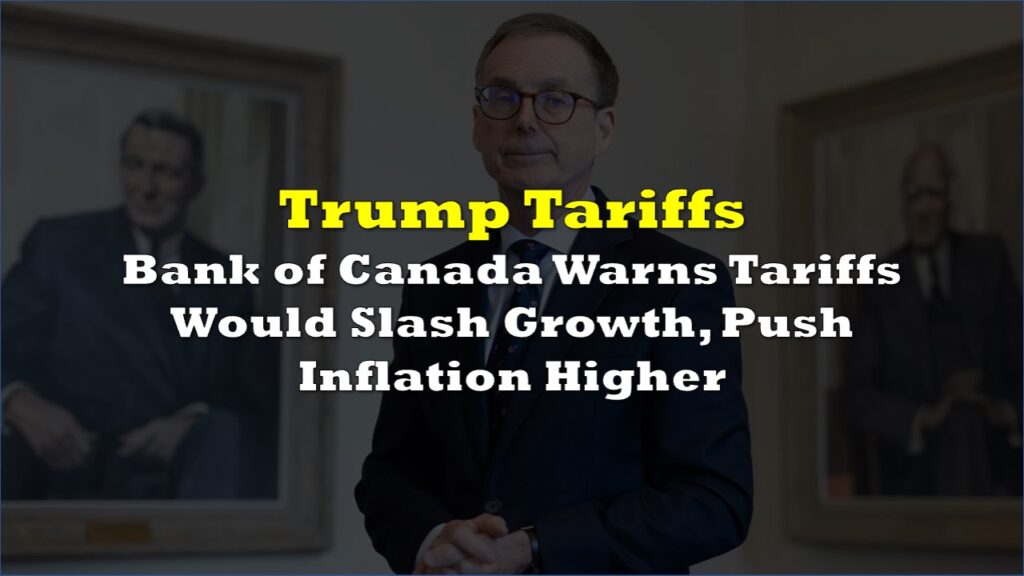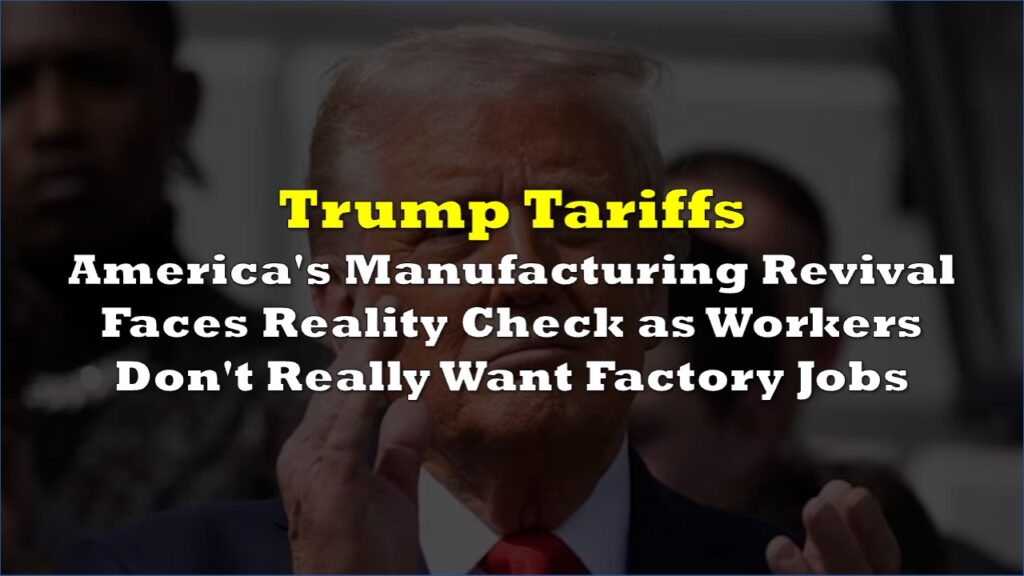In a move reminiscent of his first term, U.S. President-elect Donald Trump has issued a sweeping threat of 100% tariffs on the BRICS nations—Brazil, Russia, India, China, and South Africa—if they advance efforts to establish a new currency to rival the U.S. dollar. Trump’s ultimatum, delivered via his social media platform Truth Social, has ignited debates over trade policy, global economic stability, and geopolitical alignments.
The BRICS nations, which now include Iran, Egypt, Ethiopia, and the UAE, have floated the idea of a shared currency to reduce reliance on the U.S. dollar. This move comes amid rising skepticism of U.S. fiscal stability and increasing global tensions. While the bloc has made only tentative progress, Trump’s threat of punitive tariffs could significantly alter the dynamics.
On his social media platform Truth Social, the president-elect declared, “The idea that the BRICS countries are trying to move away from the dollar while we stand by and watch is OVER. They can go find another sucker!”
READ: BRICS Pay Debuts, Threatening U.S. Dollar Dominance On Global Markets
The rhetoric underscores Trump’s belief in using tariffs as a tool for economic leverage—a hallmark of his previous administration. Analysts, however, warn that such an aggressive stance could have profound repercussions for global trade and diplomacy.
U.S. Tariffs and the BRICS
A 100% tariff would effectively double the cost of goods imported from BRICS nations, potentially crippling trade relationships. For instance, China, the largest BRICS economy, exports over $500 billion worth of goods annually to the U.S., including electronics, machinery, and consumer goods. A sudden tariff hike could ripple through supply chains, increasing costs for U.S. businesses and consumers alike.
Brazil, a major exporter of agricultural products like soybeans and beef, would also feel the sting, while Russia—already reeling from Western sanctions and a declining ruble—might see its remaining economic lifelines further constricted.
India, though less reliant on U.S. trade, could suffer setbacks in sectors like pharmaceuticals and textiles, while South Africa would also face challenges in its key mineral exports, such as platinum and gold.
The U.S. dollar remains the dominant currency in global trade, accounting for about 60% of global foreign exchange reserves, according to the International Monetary Fund. For decades, its stability has underpinned its role as the default currency for international transactions.
Efforts to diversify away from the dollar have gained traction among some nations, particularly in light of U.S.-led sanctions that limit access to dollar-denominated financial systems. However, economists widely agree that the dollar’s entrenched position and the challenges of coordinating a viable alternative make it unlikely to lose its preeminence in the near future.

Russia’s economic woes
Russia’s inclusion in Trump’s threat comes as its economy teeters under the strain of Western sanctions, wartime spending, and a crumbling currency. The ruble has fallen to its lowest value since the early days of Russia’s 2022 invasion of Ukraine, trading at over 114 rubles to the dollar.
To counter inflation, which remains above 8%, the Bank of Russia has raised interest rates to 21%, the highest level since 2003. The Kremlin’s budget, strained by wartime expenditures and declining oil revenues, has drained more than half of its sovereign wealth fund reserves since 2022.
The collapse of the ruble has compounded the challenges for Russian consumers and businesses. Inflation, already high, has surged further, making everyday goods more expensive. Imported goods, including essential components for manufacturing and military equipment from China, now cost significantly more, tightening the squeeze on the economy. The Russian government, which has heavily subsidized borrowing to shield consumers and businesses from rising costs, is scaling back support as public finances come under pressure.
The budget unveiled in September has allocated a record portion of GDP to defense spending, prioritizing military needs over other economic sectors. The increased defense spending reflects the Kremlin’s determination to sustain its war effort despite the economic fallout. However, these expenditures have deepened the budget deficit, with analysts warning of a potential hard landing for the Russian economy by 2025.
The strain on Russia’s sovereign wealth fund is another indicator of its economic difficulties. Established to act as a financial buffer, the fund has been heavily depleted, with reserves nearing their lowest levels since the fund’s creation. In response, the government has sold foreign currency reserves, including Chinese yuan, to prop up the ruble, but the impact has been limited.
Tariffs from the U.S. would compound Russia’s challenges, especially since the country relies heavily on energy and commodity exports to sustain its budget.
“The combination of a declining currency and a ballooning budget deficit has led to talk of a hard landing for the Russian economy in 2025…the pace of expansion will slow sharply. The economic bill for the war is at last coming due. It could be a big one” https://t.co/PjmkxRhrfV
— Shashank Joshi (@shashj) December 1, 2024
Negotiation or Escalation?
Trump has historically used tariffs as a bargaining chip in trade negotiations. During his first term, he imposed significant tariffs on Chinese goods, which he credited with prompting trade concessions. His approach often involves high-stakes threats, which can generate uncertainty but sometimes lead to favorable deals.
More recently, Trump has revived his tariff threats against Canada and Mexico, signaling a potential return to his aggressive trade tactics. The president-elect has floated the idea of imposing a 25% tariff on Canadian and Mexican imports, citing concerns over illegal immigration and drug trafficking. These threats echo his first term’s strategy of leveraging tariffs to renegotiate the North American Free Trade Agreement (NAFTA) into the U.S.-Mexico-Canada Agreement (USMCA).
While Canada and Mexico are key U.S. trade partners with deeply integrated supply chains, Trump’s rhetoric suggests he may again use tariffs as a tool to extract concessions in the upcoming 2026 review of the USMCA.
READ: Trump’s Tariff Threats: A Prelude to USMCA Review Negotiations?
However, experts warn that targeting a bloc as diverse and strategically significant as BRICS carries higher risks. Escalating tensions could accelerate de-dollarization efforts and drive member nations to strengthen economic ties outside the U.S.-led global financial system.
The U.S. dollar remains the world’s leading reserve currency, accounting for about 60% of global foreign exchange reserves. However, the BRICS nations and other emerging economies have explored alternatives to reduce reliance on the dollar in light of U.S.-led sanctions.
Despite these efforts, transitioning away from the dollar faces significant challenges with liquidity as the dollar remains widely available and easily exchangeable, and geopolitical negotiations as the dollar is backed by the stability of the U.S. government and financial systems, offering confidence to investors and nations.
Any move by BRICS to develop a new currency would likely take years, if not decades, to materialize.
But, Trump’s threats also risk accelerating the BRICS nations’ push to reduce reliance on the dollar. While progress on a shared currency remains slow, bilateral trade agreements conducted in local currencies, particularly between Russia and China, have become more frequent. These efforts could gain momentum if member nations perceive U.S. economic policies as overly punitive.
As Trump prepares to take office in January, the global community will be watching closely to see whether his rhetoric translates into concrete actions.
Information for this briefing was found via BBC, The Economist, Bloomberg, and the sources mentioned. The author has no securities or affiliations related to this organization. Not a recommendation to buy or sell. Always do additional research and consult a professional before purchasing a security. The author holds no licenses.

